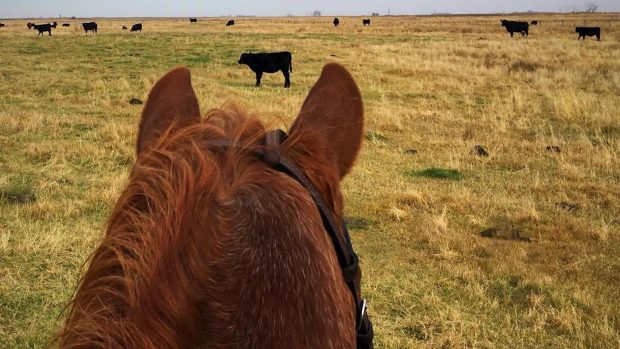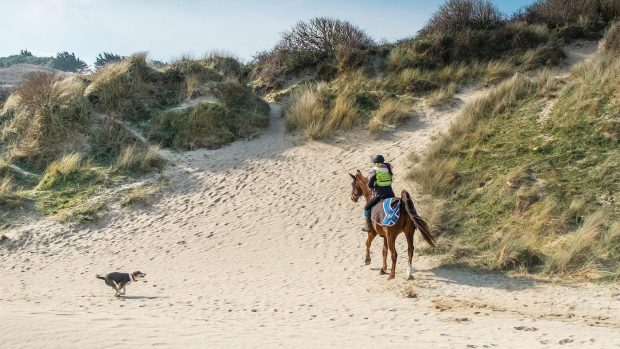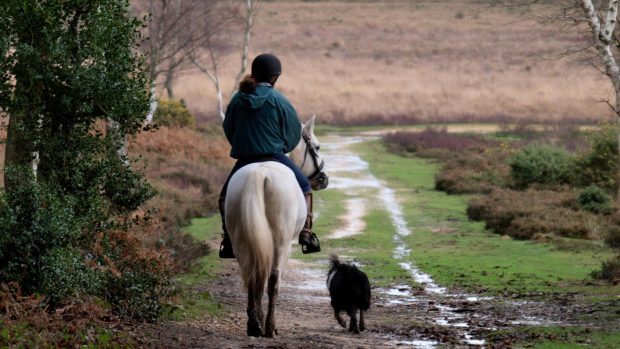New proposals to combat the inappropriate use of rural rights of way, including bridleways, by vehicles such as motorbikes and quad bikes have been drawn up the government, in response to widespread public concern.
The proposals are currently open to public consultation and focus on three main areas:
- Improved enforcement of existing powers
- Changes to the way new rights of way are awarded
- Preventing the historic use of horse-drawn vehicles leading to vehicular access
Rural affairs minister, Alun Michael, says: “I am acutely aware of the concern shared by members of the public. These proposals aim to balance the interest of individuals and organisations with appropriate protection for the tranquillity and conservation of the countryside.”
Currently, an increasing number of rights of way are being classified as “byways open to all traffic” or BOATs, which can be legally used by all kinds of traffic including vehicles and can lead to horse riders coming into conflict with trail and quad bike enthusiasts.
Many of these routes have been established following proof that horse-drawn carriages historically used it. The new proposals intend to include a cut-off date after which new BOATs could no longer be established based on this type of evidence.
A new right of way category, the “restricted byway”, which is open to walkers, horse riders and pedal cyclists, but not mechanically-propelled vehicles, was introduced as part of the Countryside and Rights of Way Act 2000. The proposals intend to use this description when classifying rights of way, thereby preventing vehicles from acquiring legal access.
If the proposals are successful the measures should reduce the likelihood of riders being confronted by a speeding motorised bike while enjoying a quiet hack in the countryside.
The consultation period will end on 19 March 2004. To read the full consultation document, visit the Defra website: www.defra.gov.uk





